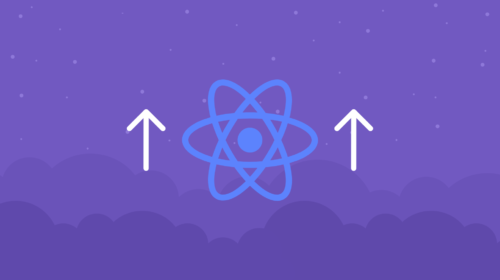Users are at the forefront of our design process as UX designers. We use an iterative but engaging approach to solving design problems. We must put ourselves in the shoes of users in order to empathize with them. And to do this, we use a range of technologies at various stages of the design process.
A user journey map and a user flow are two tools that can assist us in understanding the user and her journey through the digital product. These are effective solutions that have been evaluated and proven to add real value to UX efforts. Both of these tactics are employed during the project’s research phase before proceeding to the design stage.
A user journey map depicts the series of experiences that a user has as they work toward a certain goal. In contrast, a user flow depicts the path that a user takes to reach that goal. A user flow is analogous to a flow chart that starts at a single point. A trip map, on the other hand, is more extensive than a flow; it’s similar to a table that records all improvements, feelings, and responsibilities at each step.
Despite their identical nomenclature, these instruments serve quite different purposes. Let’s take a closer look at each of them.
Understanding User Flow
To further grasp the notion of user flow, consider a simple real-world scenario. Assume you want to buy peanut butter from Amazon. How would you go about it?
- Sign in to Amazon (action).
- You will now travel through the category until you locate a brand that appeals to you (decision).
- Then you click the Buy Now button (action).
- You will now select a payment method (decision).
- Finally, you will place your order (action).
As you can see, the progression from signing in to making an order accomplishes a purpose. The purpose in this scenario was to buy peanut butter.
A basic user flow for this case is as follows:

Because of edge circumstances or unexpected scenarios, user flows are not as straightforward as this in the real world. Consider the possibility that peanut butter cannot be transported to your location or that your payment fails for any reason. What options are there? What will the flow be like?
To enable smooth navigation, user flows should account for all edge circumstances. As a result, the goal of developing user flows is to meet the many scenarios that users may face. This allows us to build designs that are intuitive, efficient, and elegant while minimizing confusion and conflicts. User flow is useful as a communication tool among clients, designers, and teams since it specifies the layout of an app/website.
In order to get clarity, a user flow is synthesized in the early phases of the design process. It is based on the sitemap and information architecture. Starting wireframes or designs from scratch without sufficient research or tools such as user flow, user journey maps, and so on is not a reliable design technique.
Defining a User Journey Map
User journeys are based on the personalities and stories you established during your user research. It is a more advanced version of user flow that incorporates the user’s emotional journey.
Returning to the initial example of ordering peanut butter from Amazon.
- First, you will log in
- Then you’ll look through the Food & Groceries area to find a brand that appeals to you (confusion)
- Next, you will hit Buy now (excitement), then select a payment method (anxiety), and finally place the order and complete the flow.
We are monitoring or analyzing the user’s pain points as they move through each stage while designing the user journey map for this eCommerce UX design. We can then identify areas for improvement to alleviate their pain.
The user journey map for this scenario might look like this.

A user journey map assists UX designers in creating user-friendly pathways. That is the first advantage of using user journey mapping. A user journey map mitigates the influence of designer bias. This is the propensity for designers to create for their own needs and desires rather than those of users.
Making a user journey map allows you to capture the whole sequence of events and interactions that a user experiences, including the user’s engagement with your design.
This allows you to concentrate on how a certain character, rather than you, thinks and feels at each stage of the journey.
Conclusion
In general, a user flow is a bird’s eye perspective of a user’s ‘flow,’ including her decisions and activities. While path mapping involves the user’s mood as she takes these decisions and activities, it also allows us to identify new pain areas that we may not have missed previously.
It is entirely dependent on the scope of the project whether a user flow or user journey map is used. It would be ideal if both strategies were used because it sheds more light on user complaints. Proceeding with the project without any of these tools, on the other hand, would be a negative choice since it would result in ineffective ideas.




